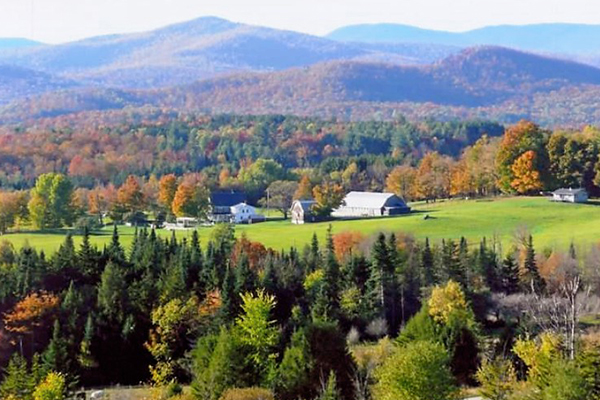Guess what? There’s not enough rental housing in The Valley and also not enough workforce housing or affordable homes for first-time homebuyers. There’s not enough housing for seniors wishing to downsize.
Those are the conclusions of the recently completed Mad River Valley Housing Demand and Market Analysis. The report, created by Doug Kennedy Advisors, was created in partnership with the Mad River Valley Planning District and its member towns of Warren, Waitsfield and Fayston. It builds on previous work done to assess housing needs and availability in the area.
The report shows a significant lack of available housing stock that meets the housing needs of current and prospective Mad River Valley residents. The report suggests three priority housing projects, best located within the village areas of Waitsfield, Irasville or Warren:
1. Workforce rental housing.
2. Senior rental housing.
3. An ownership project oriented toward first-time buyers.
SHORT-TERM RENTALS
The report details that loss of year-round rental units to short-term vacation rentals points out that while short-term vacation rentals or seasonal make up 16 percent of the housing stock in Vermont, such short-term rentals made up 50 percent of the rental housing units in Fayston in 2017 (up from 33 percent in 2000). Short-term/seasonal rentals in Warren made up 66 percent of the total units in 2017 and 60 percent in 2000. In 2017, seasonal short-term rentals made up 19 percent of the housing stock compared to 17 percent in 2000.
According to the report, rental housing (available to year-round residents) accounts for less than 20 percent of occupied housing. This is inconsistent with a local employment base that includes a substantial number of lower to moderate income service workers. Compounding the issue is the fact that rental vacancy is low.
Kati Gallagher, community planner with the Mad River Valley Planning District, said in some ways data in this housing report are not a surprise; for example, the fact that The Valley’s population is older than the state’s population.
MARKET SPECIFIC FACTORS
“What’s new in this report is that it connects a lot of information that we already had to market-specific factors, connecting the supply of current housing stock to what the demand is,” Gallagher said.
“It points more specifically to the fact that there’s a mismatch between housing stock and household size in terms of the number of bedrooms,” she explained.
The report also proposed some projects for The Valley which Gallagher said might be considered pretty big for The Valley.
GAIN STEAM
“These are just recommendations. It’s a starting point giving us numbers that we need to know to move forward. Yes, the numbers show in terms of how many units we need are high, but that just provides us a context for how big of an issue this is,” she said.
For example, current unmet need for combined younger, middle-age and older households in the areas is projected at 41 in Fayston, 61 in Waitsfield and 56 in Warren. That’s just for those who are here. Projecting growth and people moving within The Valley, the report suggests a need for 450 housing units of various types for various income levels.
Gallagher said that the newly reconstituted Mad River Valley Housing Coalition is starting to gain steam.
LOW-HANGING FRUIT
“They’re at a point where they’re able to move forward and engage the community in a new way. A lot of it is starting with small steps and the lower hanging fruit. They’re talking about accessory dwelling units, mother-in-law apartments. We need to be talking about those smaller projects on a more individual level, as well as the bigger challenges that we’re facing, like infrastructure in Irasville. That’s a big one and it’s not an easy fix,” Gallagher explained.
Ultimately, Gallagher said those who asked for the report are hoping it provides community leaders, the housing coalition as well as town leaders a more data-driven basis when deciding on housing policies and projects.
“It will be useful in making broader community decisions because housing interconnects with day care, transportation,” she added.
The report can be found on the landing page of the Mad River Valley Planning District website at www.mrvpd.org.







